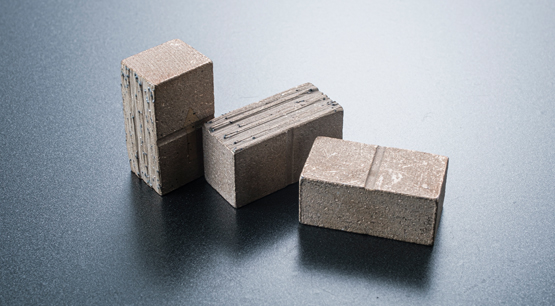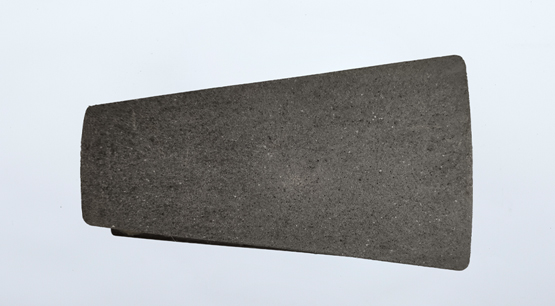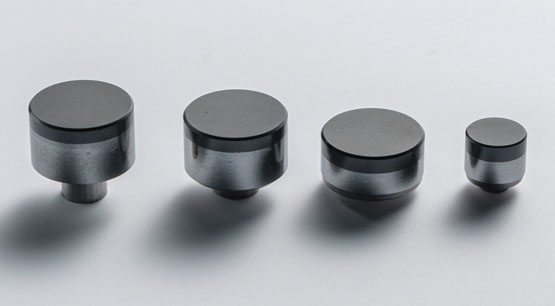How to Measure the Hardness of Diamond Segment metallic bonding and Its Impact on Stone Processing
I. Methods for Measuring Diamond Segment metallic bonding Hardness
The hardness of diamond segment metallic bonding is a critical parameter in the field of stone processing, directly influencing the performance and quality of the segment. Several methods can be employed to measure the hardness of diamond segment metallic bonding:
1. Mohs Hardness Test: This common method involves using a reference diamond indenter to apply pressure to the surface of the segment, and the hardness is determined based on the size and shape of the resulting indentation. While simple and quick, this method provides only relative hardness information.
2. Ultrasonic Hardness Testing: This non-destructive testing method uses ultrasonic waves to measure material hardness. By measuring the propagation speed of sound waves through the diamond segment metallic bonding, its hardness can be determined. This method offers high accuracy and is suitable for various segment shapes.
3. Microhardness Testing: In this method, tiny impressions on the segment surface are observed under a microscope. By measuring the size and shape of these impressions, core hardness can be determined. Microhardness testing is suitable for small-sized samples and offers high-resolution hardness data.
4. Diamond Indenter Hardness Test: This testing method involves using a diamond as the indenter. By measuring the depth of the indentation produced under a specific load, hardness values can be calculated.
II. Impact of Segment metallic bonding Hardness on Stone Processing
The hardness of a diamond segment metallic bonding has several significant impacts on stone processing:
1. Cutting Speed: Diamond segments with harder cores typically exhibit better wear resistance and can maintain cutting efficiency over a longer period, resulting in higher cutting speeds.
2. Cutting Quality: Core hardness significantly affects cutting quality. Segments with higher hardness are more likely to maintain their sharpness, leading to reduced cracking, chipping, and irregular surfaces during the cutting process, thereby improving overall cutting quality.
3. Service Life: Segment metallic bonding hardness is a crucial factor affecting segment lifespan. Harder cores tend to resist wear and thus have longer service lives, reducing the frequency of segment replacement and maintenance costs.
4. Process Applicability: Different types of stone have varying hardness and brittleness characteristics. Choosing a diamond segment with an appropriate hardness allows for better adaptation to the processing needs of different stones, enhancing processing versatility and efficiency.
5. Energy Consumption: Core hardness also impacts energy consumption during processing. Segments with higher hardness generally require less cutting force and power, thus reducing energy consumption.
In summary, the hardness of a diamond segment metallic bonding is one of the key factors influencing its performance and the quality of stone processing. By selecting segments with suitable hardness and ensuring consistent hardness quality, more efficient, precise, and cost-effective stone processing can be achieved. Accurate testing and control of core hardness are therefore crucial in the stone processing industry.

Hardness of diamond segment metal-based bond
Publish date:2023-09-16 14:32:14 Article From:Linsing diamond tools Clicks:










